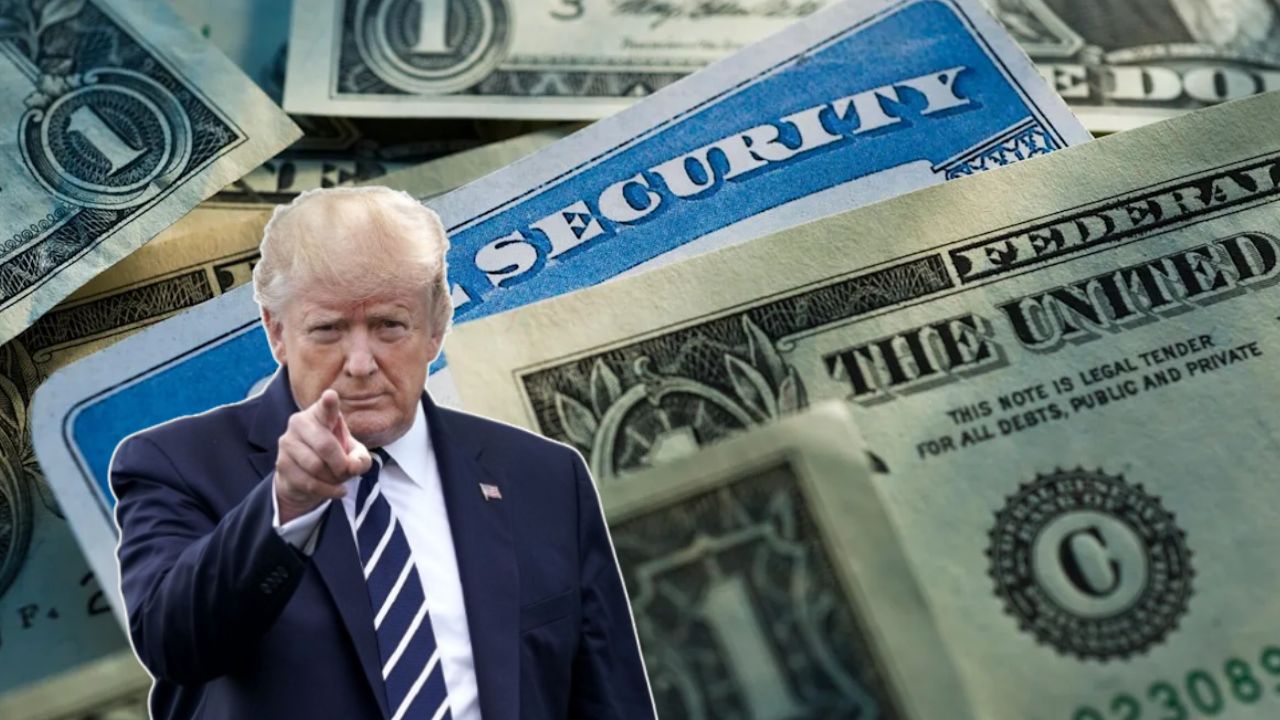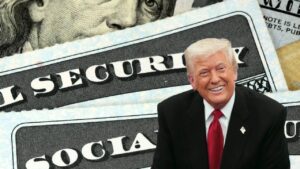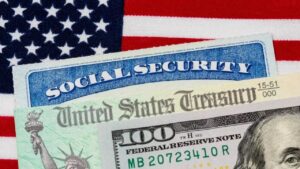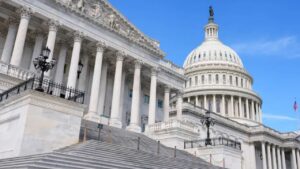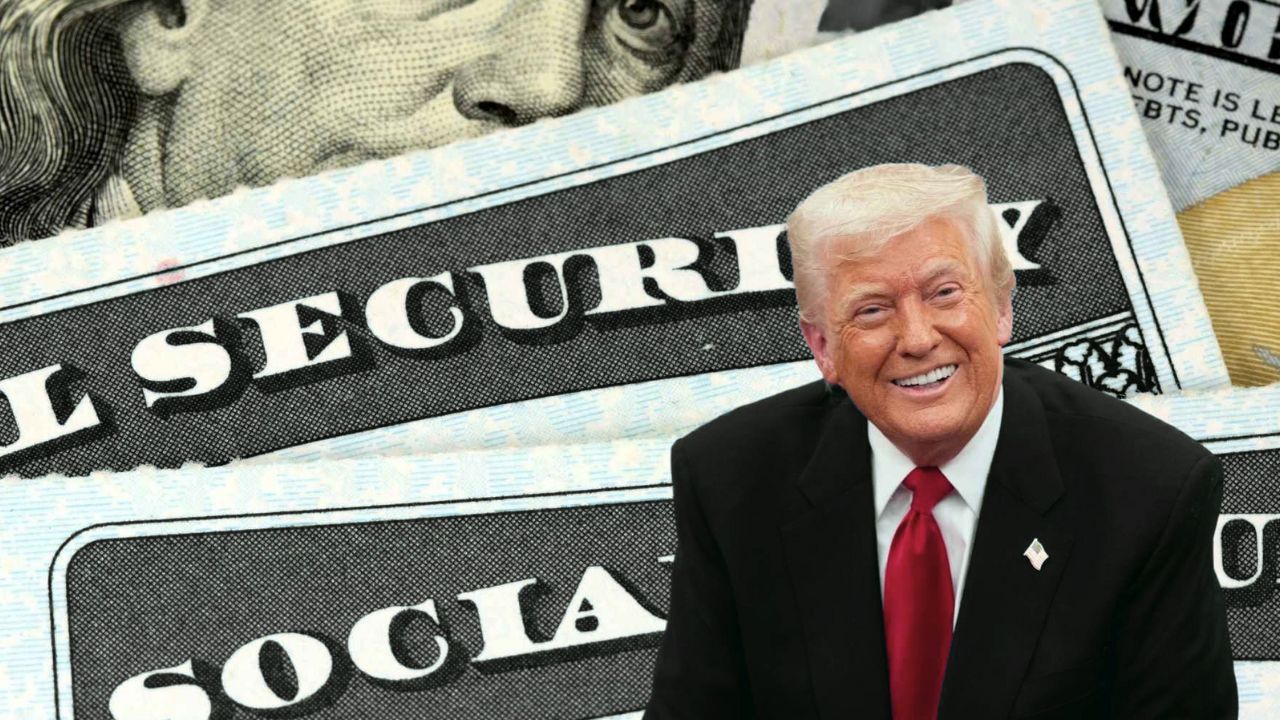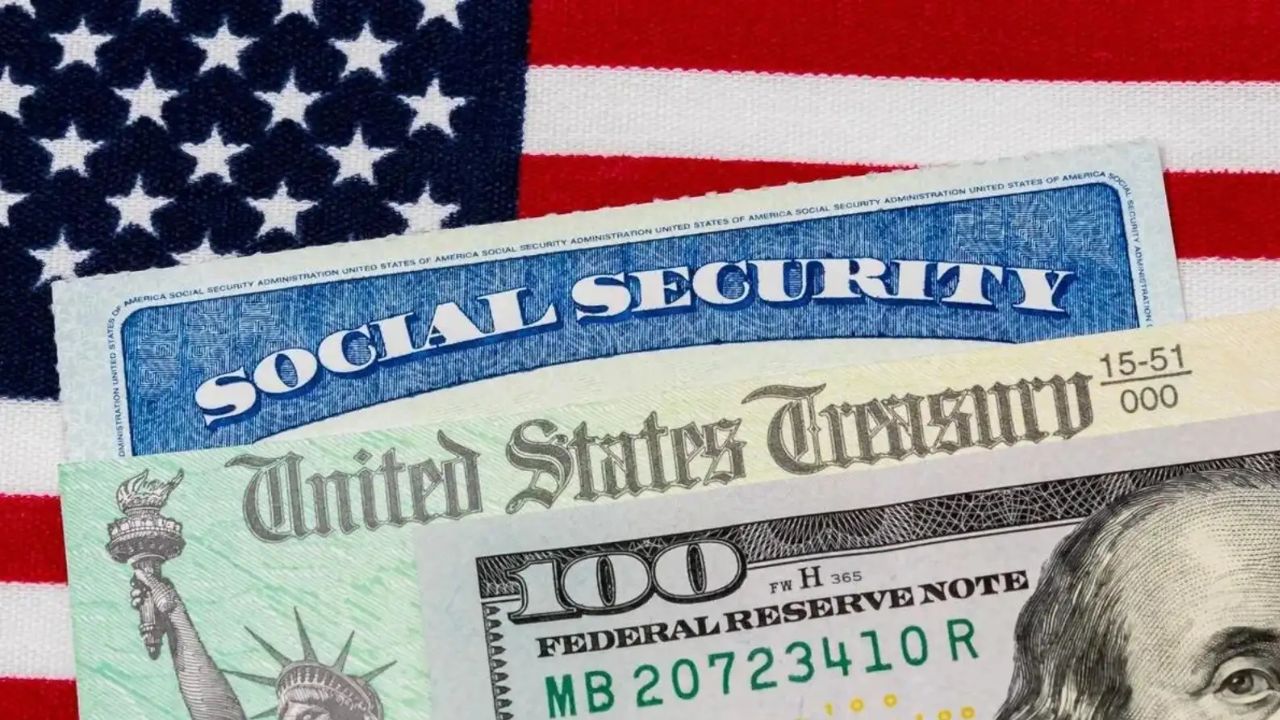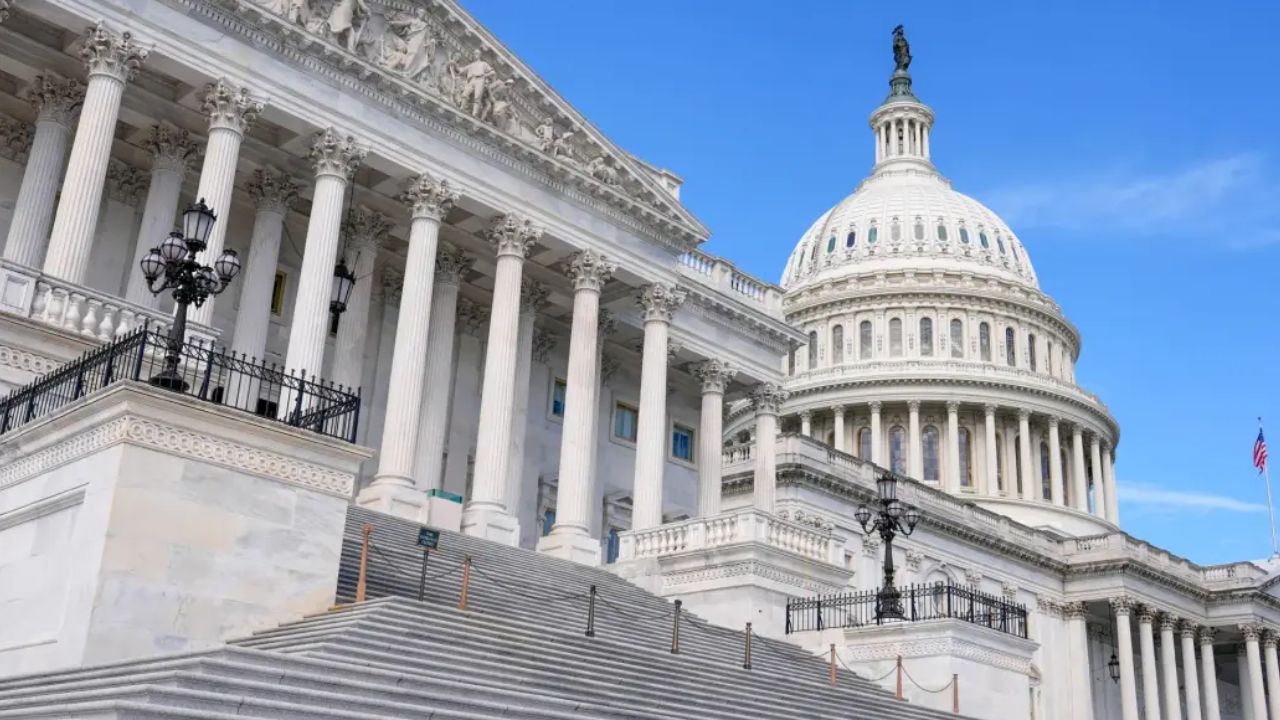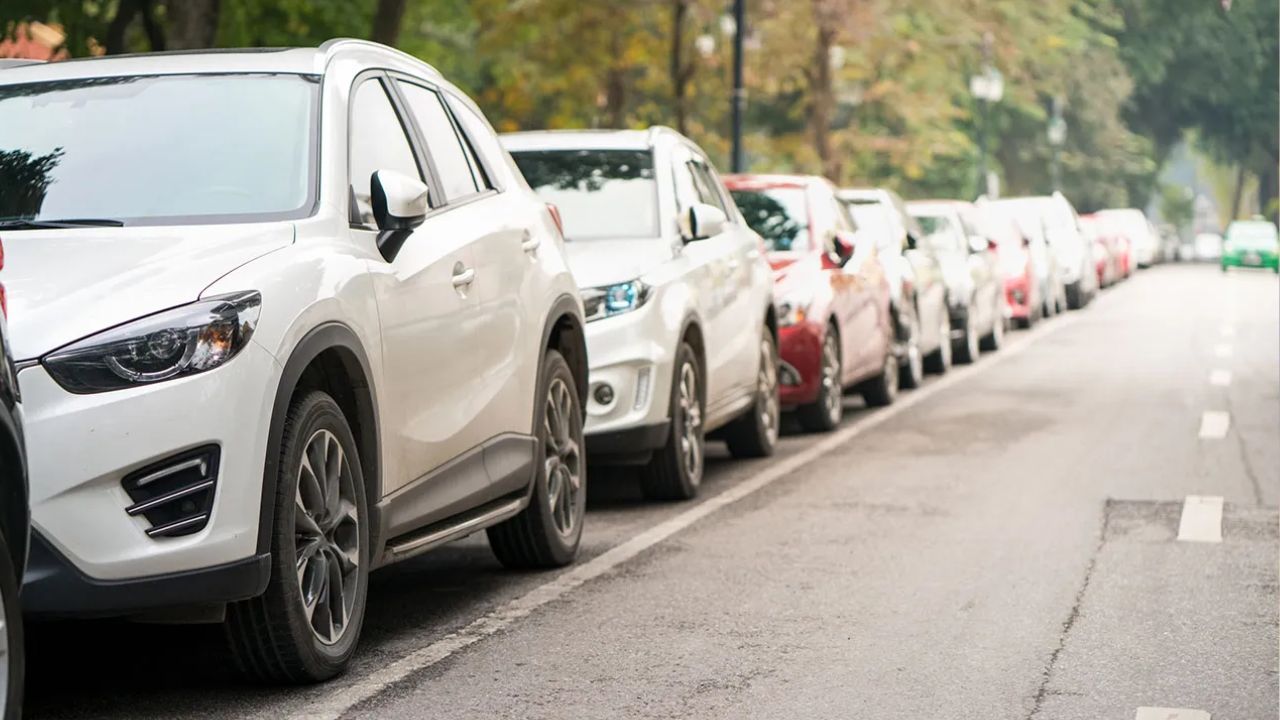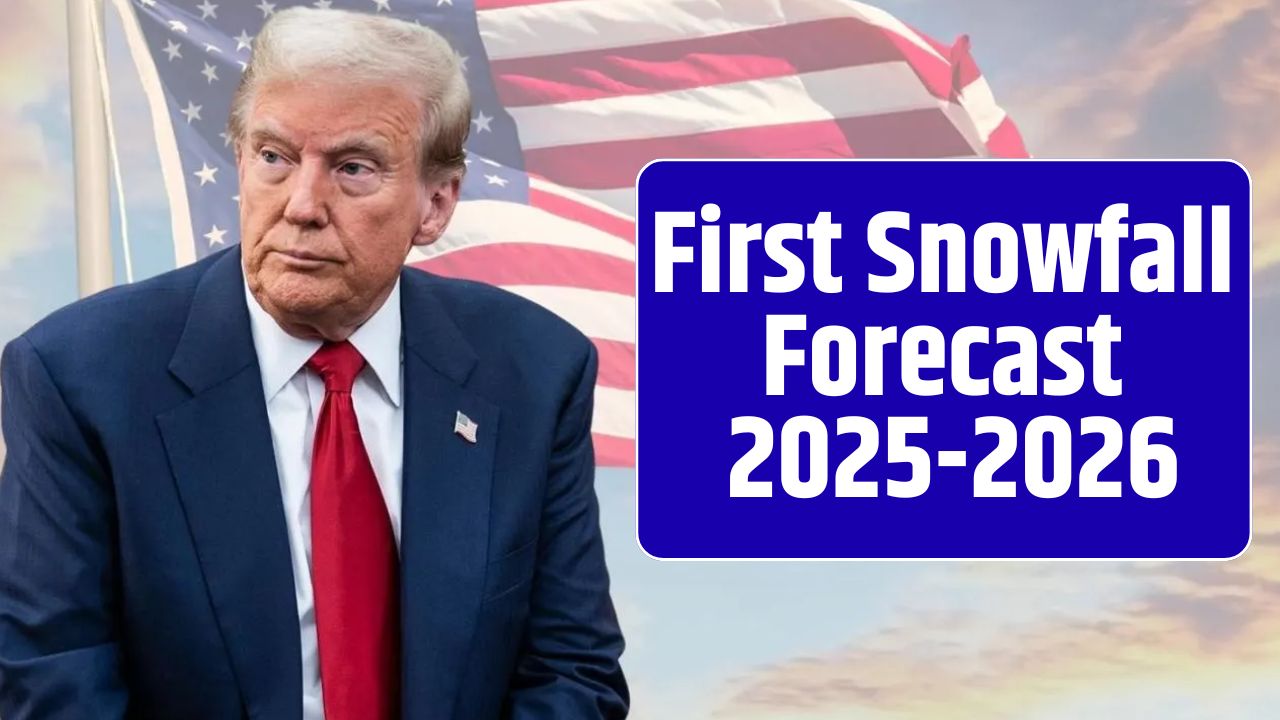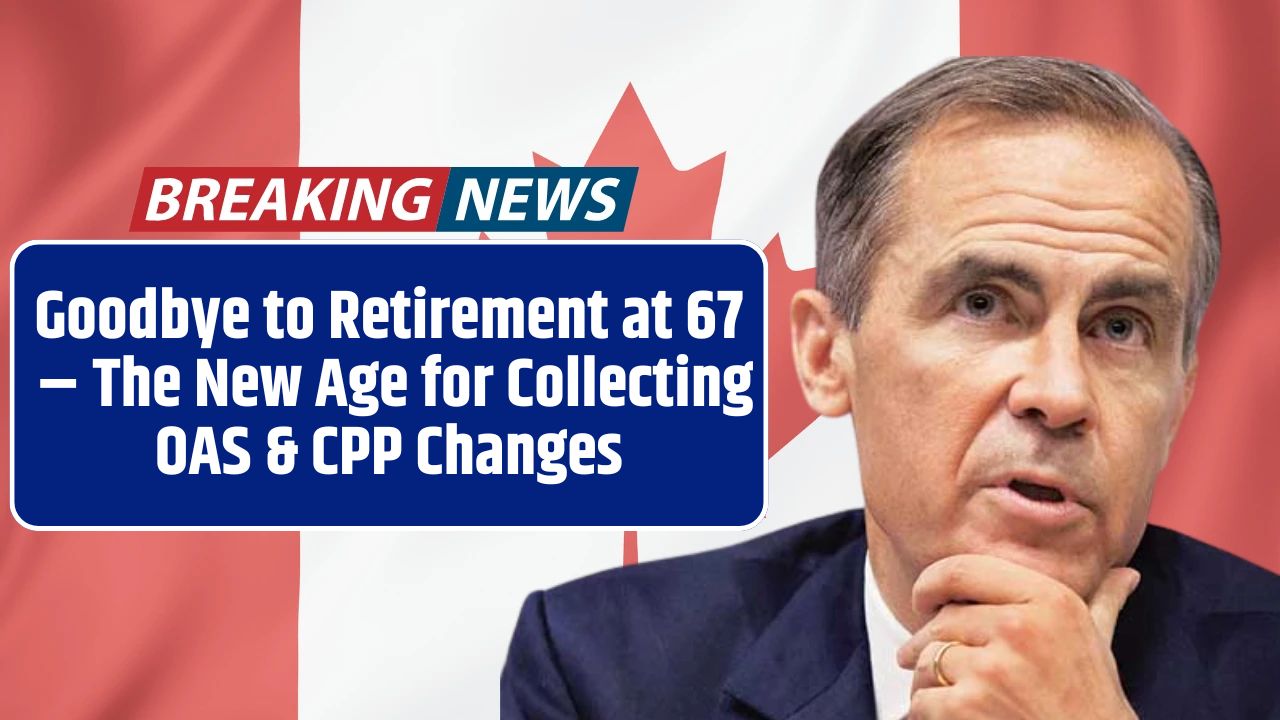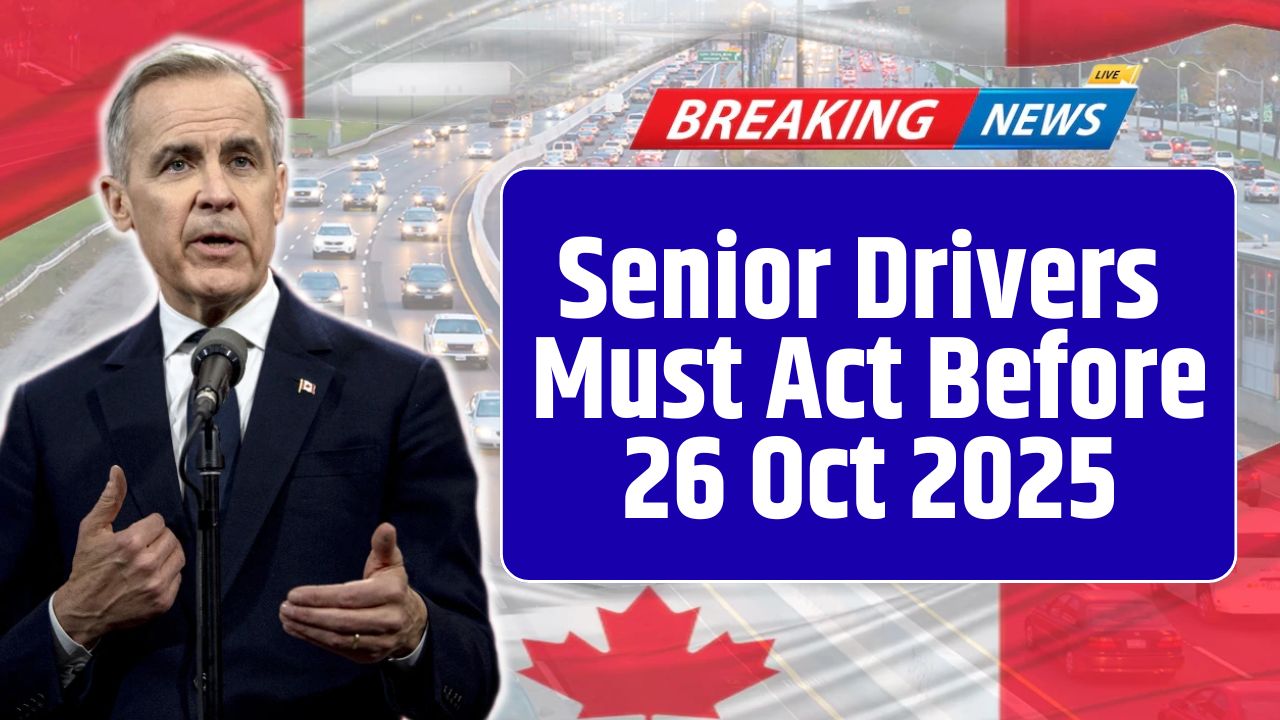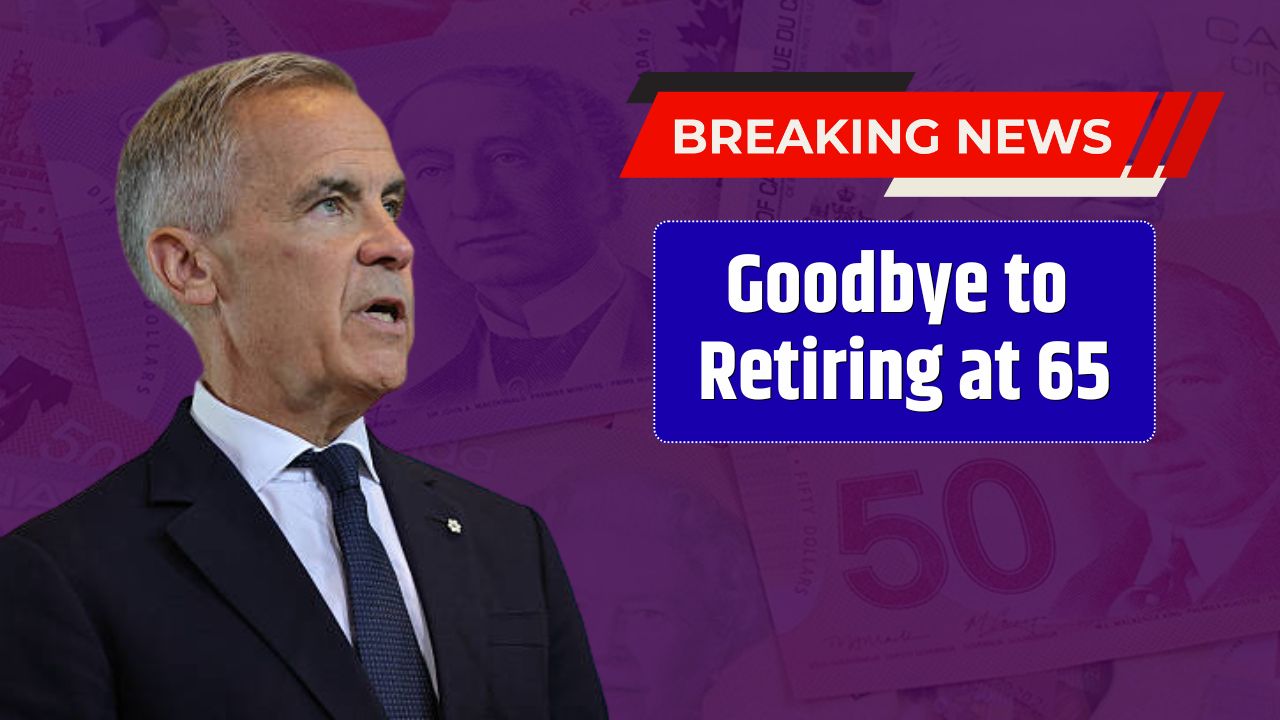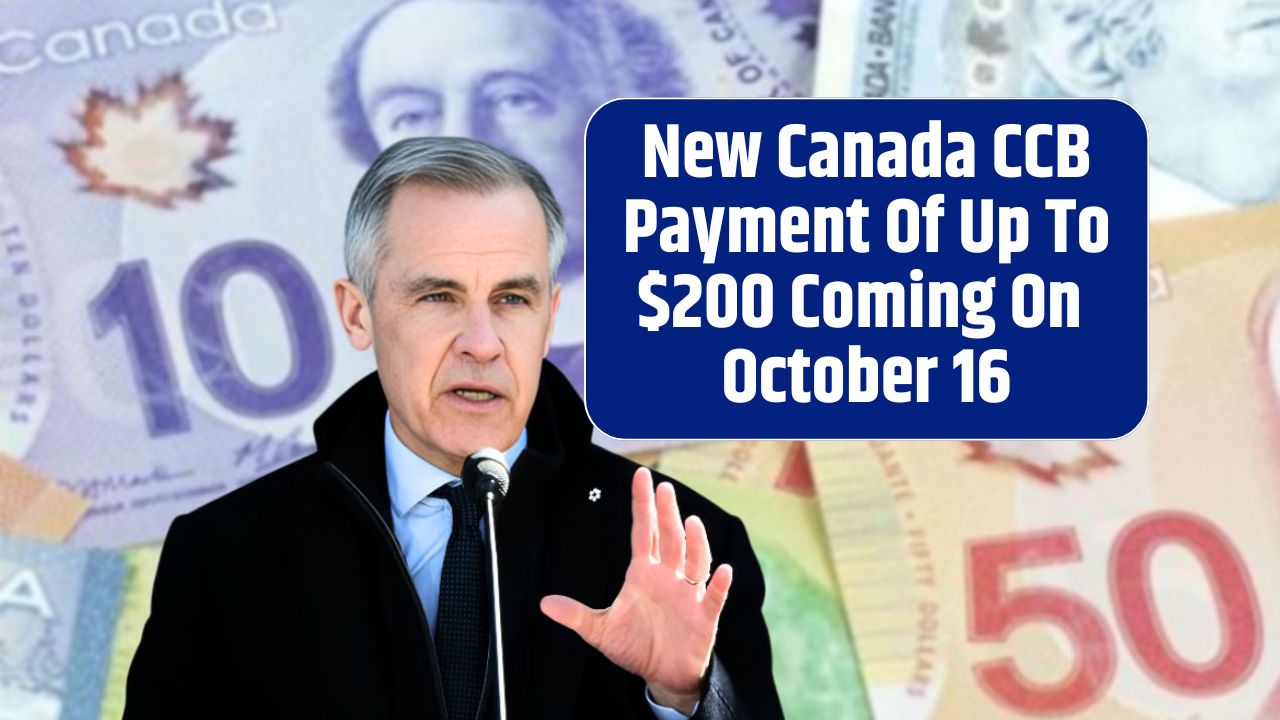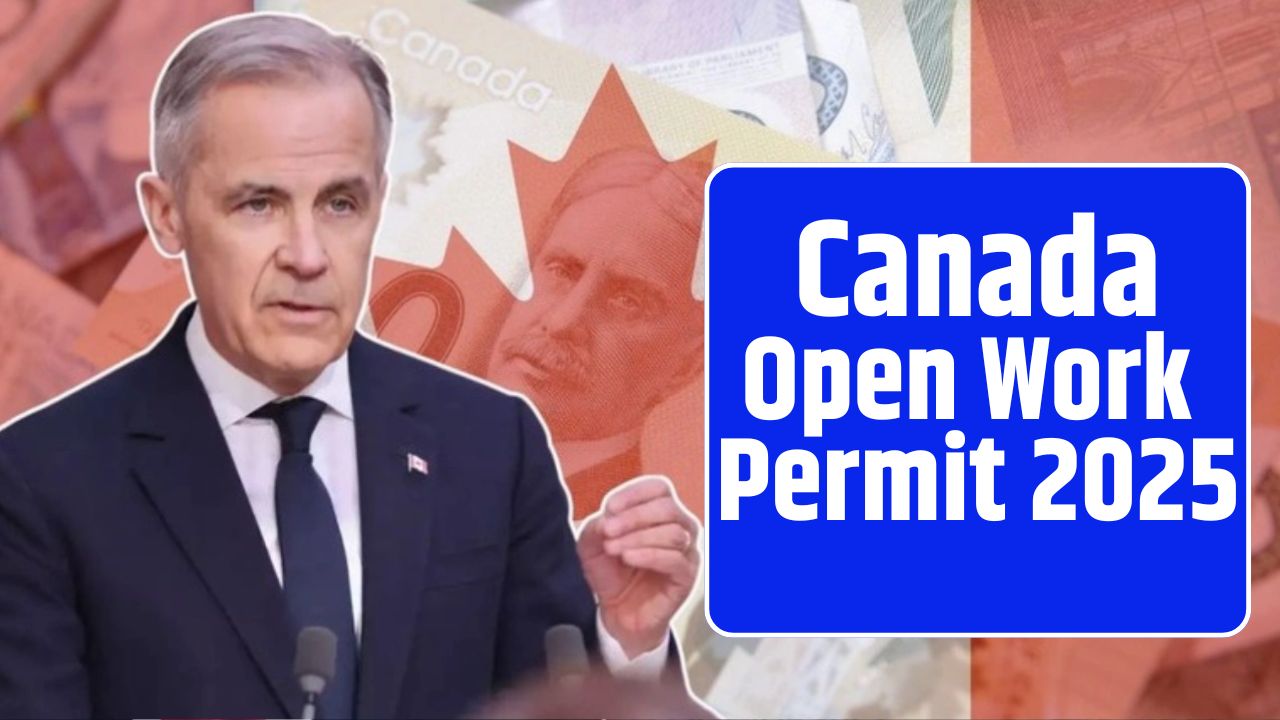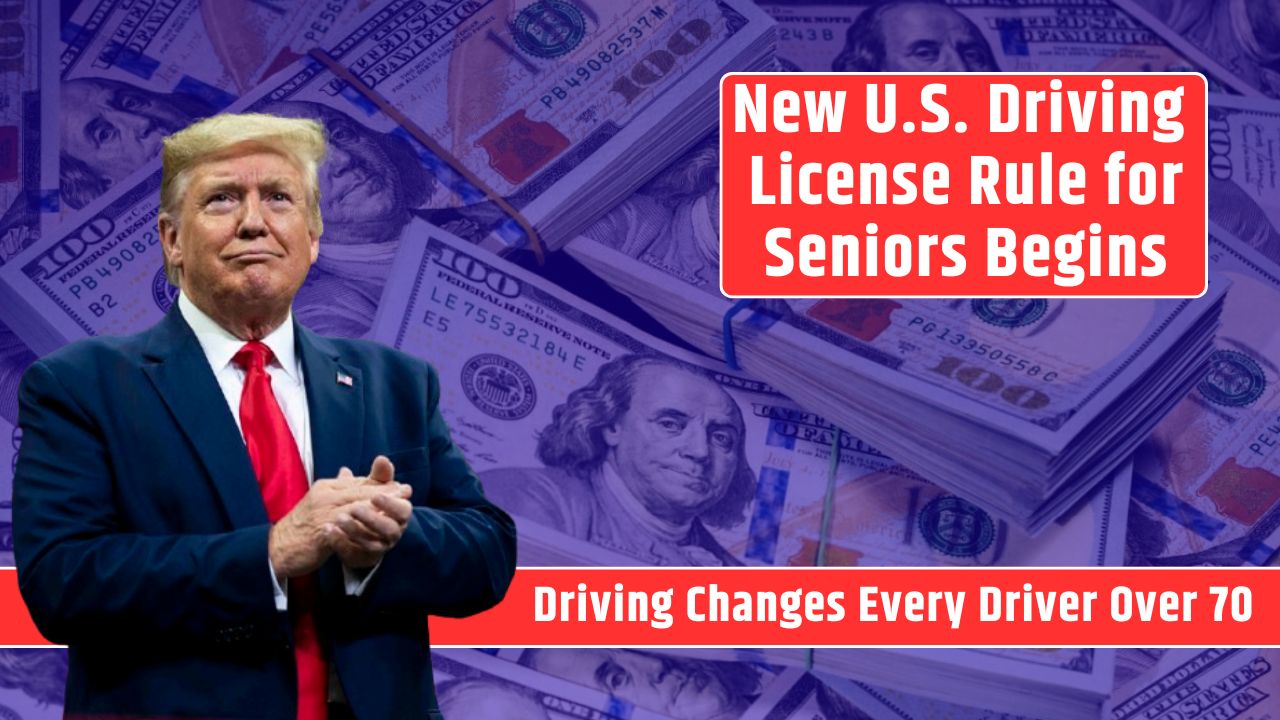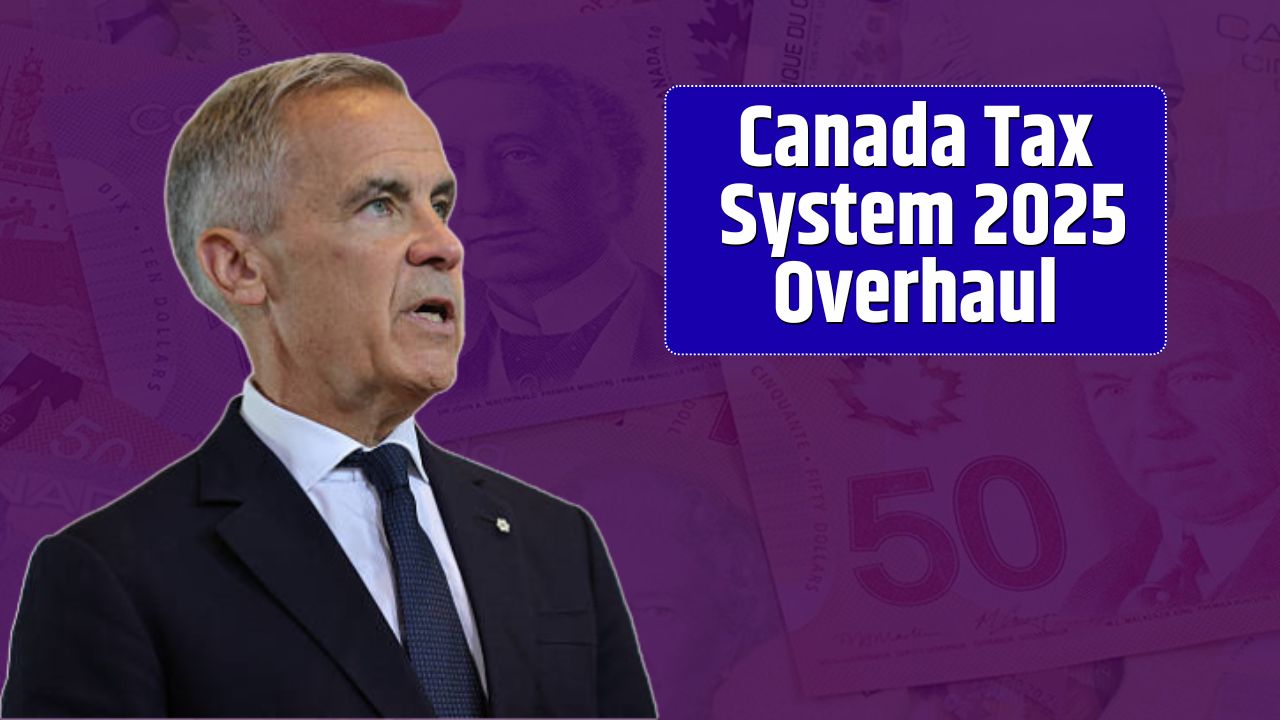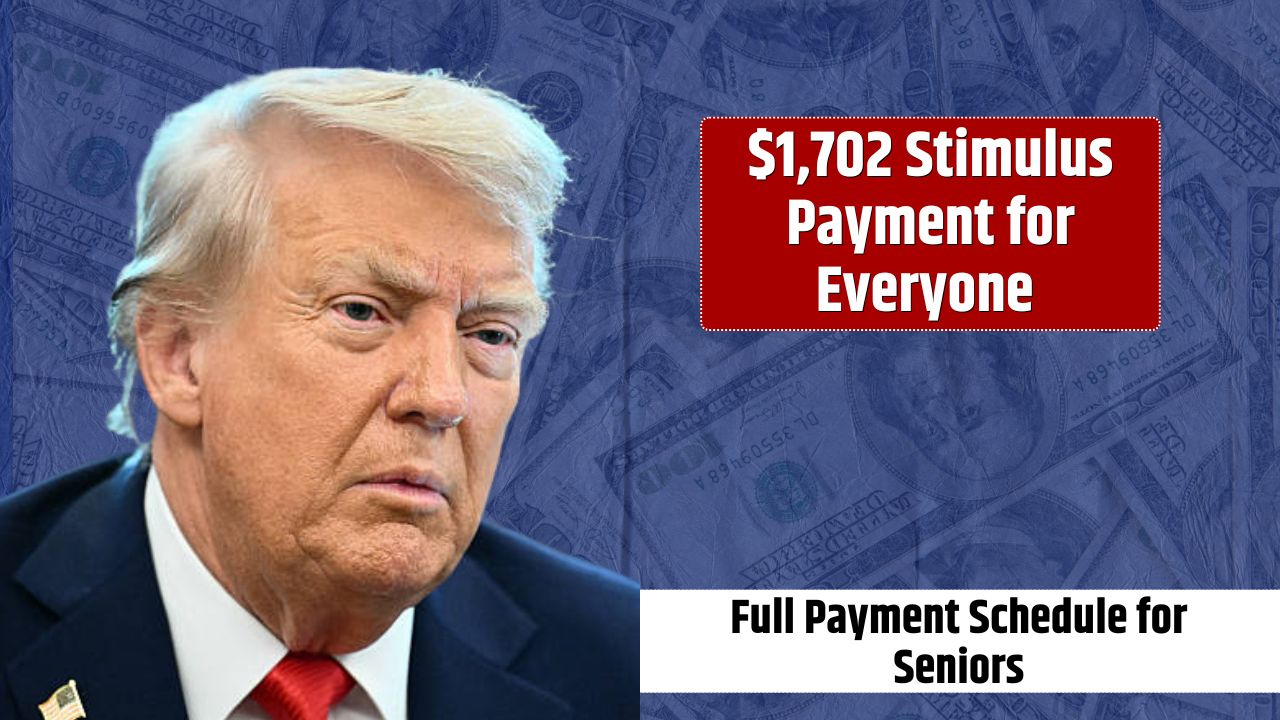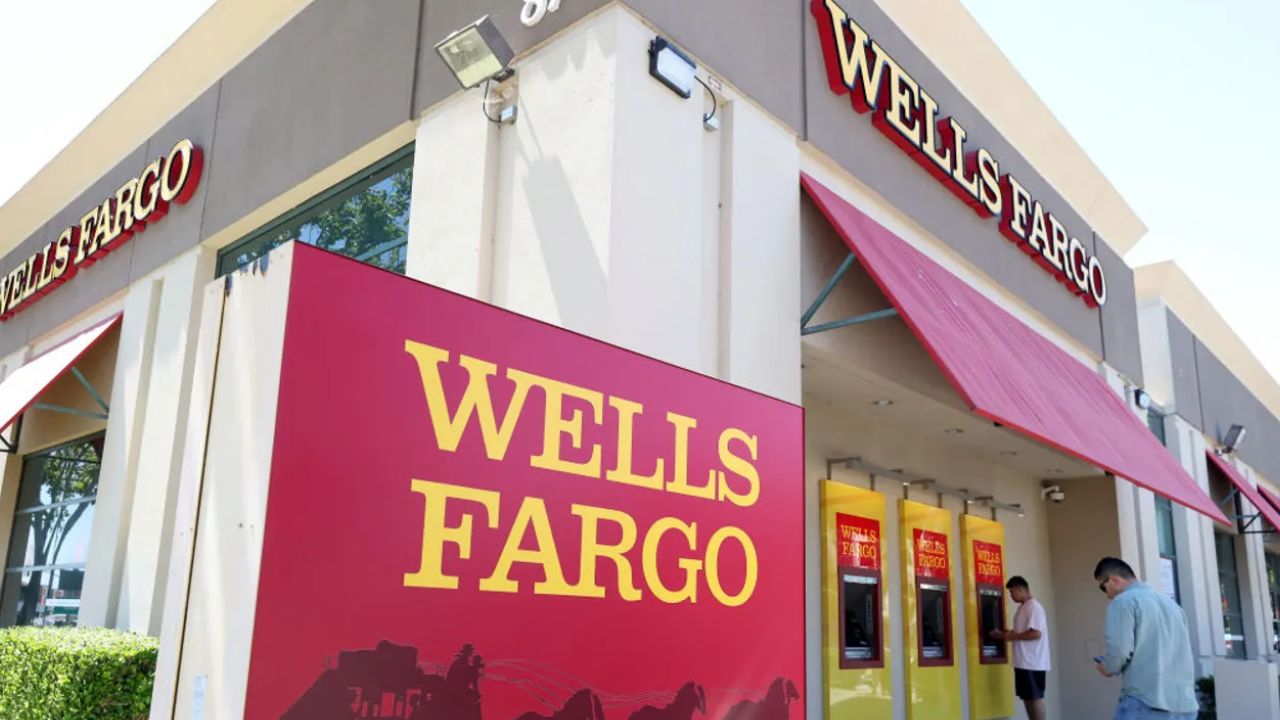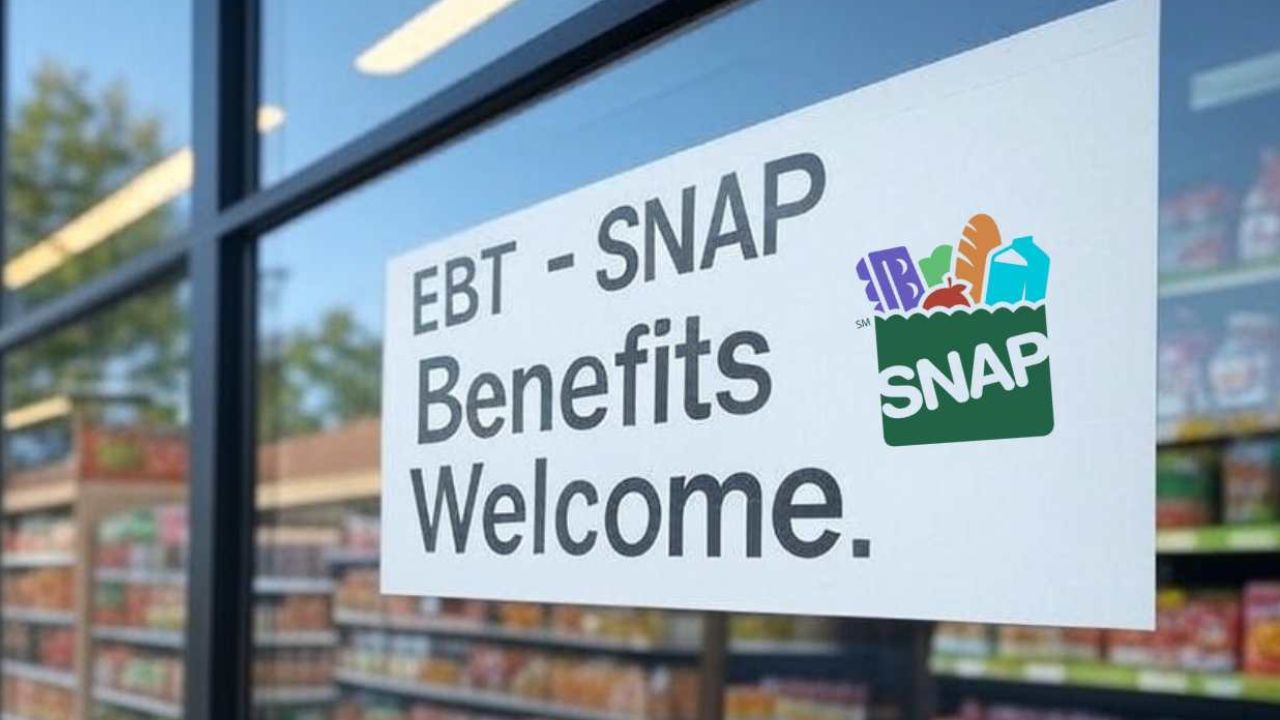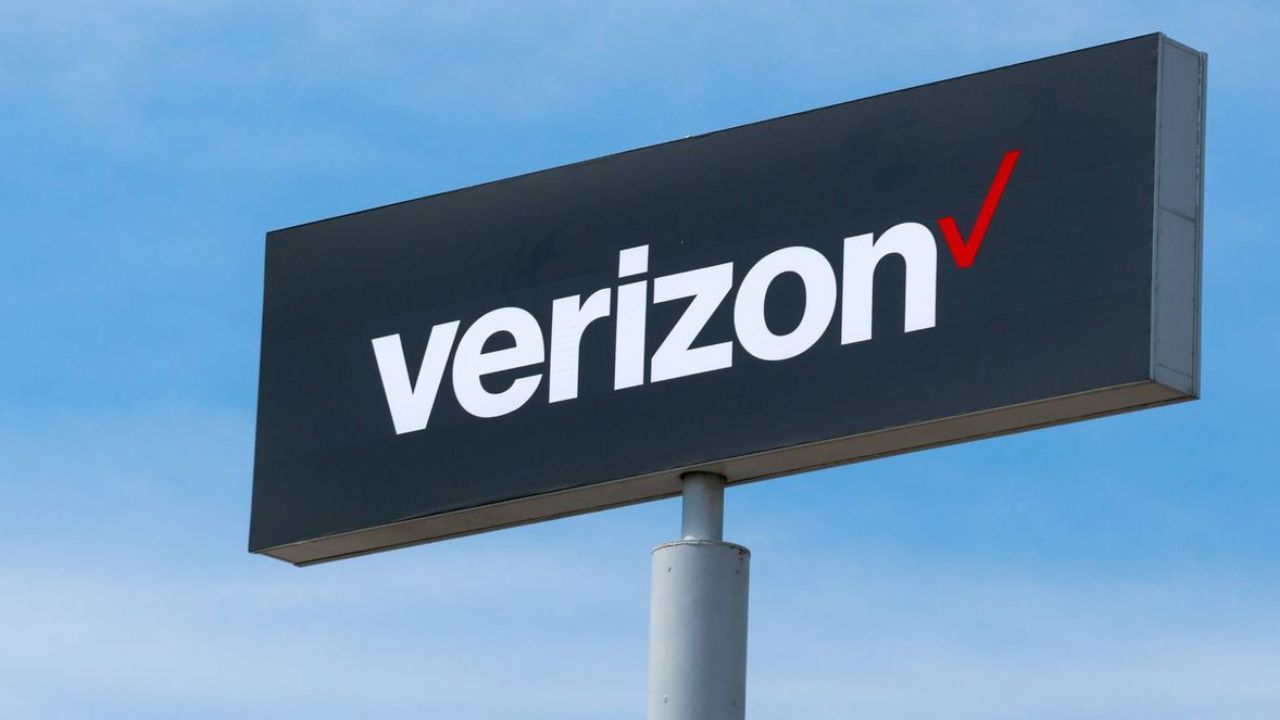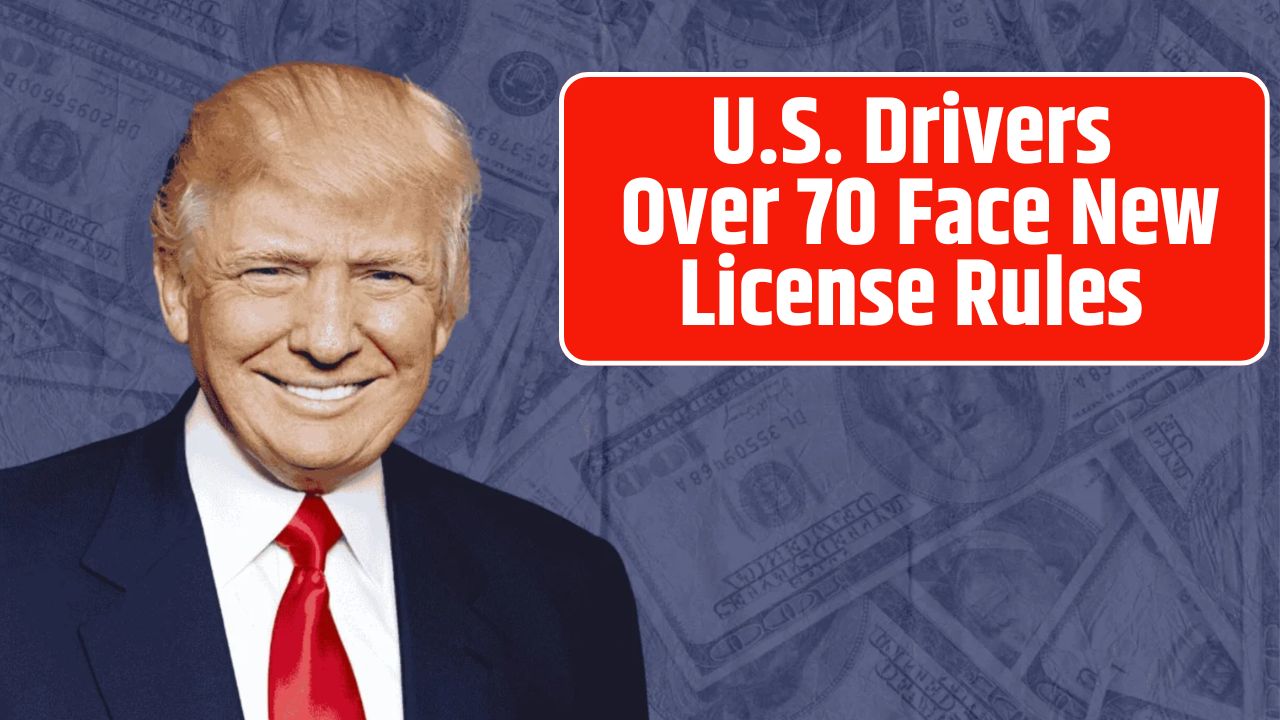After months of strict warnings and a firm September 30 cutoff, the U.S. government has quietly backed off its plan to completely end paper Social Security checks — a relief to thousands of seniors and disabled beneficiaries who still depend on them. The reversal, which came just days after the final deadline passed, marks a major softening of what was supposed to be a permanent shift toward digital-only payments.
The End of an Era — Almost
For more than eight decades, Americans have relied on Social Security paper checks — the first one mailed in 1940 to Ida May Fuller, a retired legal secretary from Vermont. But as part of a modernization drive, the Social Security Administration (SSA) and the U.S. Treasury Department have spent years phasing them out.
Under a March 2025 executive order signed by President Trump, the administration pushed for a full transition to electronic payments — either through direct deposit or the Direct Express debit card — arguing that paper checks were costly, inefficient, and vulnerable to fraud.
According to the U.S. Treasury, a paper check costs roughly 50 cents to issue, compared with just 15 cents for a direct deposit. More importantly, paper checks are 16 times more likely to be reported stolen than digital transfers.
By the SSA’s own data, 99.4% of beneficiaries — about 69.5 million Americans — already receive their payments electronically.
| Category | Statistic (2025) |
|---|---|
| Total beneficiaries | 69.5 million |
| Using electronic payments | 99.4% |
| Still receiving paper checks | ~400,000 |
| Cost to issue paper check | $0.50 |
| Cost to issue electronic transfer | $0.15 |
| States with most paper-check users | California (43,000), Texas (28,000), Florida (24,000) |
Who’s Left Behind
While the numbers might look small, the remaining 400,000 beneficiaries represent some of the nation’s most vulnerable citizens — many living in rural areas, without bank accounts or reliable internet access.
Nancy Altman, president of Social Security Works, said the final cutoff would have hit these people hardest.
“They lack the money to open bank accounts, maintain minimum balances, and pay bank fees,” Altman told reporters. “They may lack the mental ability to navigate the world in any way other than getting a paper check and immediately cashing it to pay for their most basic needs, including food and shelter.”
For these individuals, the switch to digital payments isn’t a matter of convenience — it’s a genuine obstacle.
The Government’s Quiet Retreat
Despite months of insisting that September 30, 2025 would mark the end of paper checks, the SSA quietly revised its position just before the deadline.
In a September 19 blog post, the agency clarified that no payments would be paused for people unable to switch in time.
“If you have no other way to receive payments, we will continue to issue paper checks,” the SSA wrote. “There are no plans to pause any payments starting October 1.”
The confirmation was reinforced by Matthew Bilenki, the SSA’s Director of Finance and Management, who said at a Financial Literacy and Education Commission meeting that checks would continue for those with no other payment options.
In other words, the policy shift has been quietly softened into a “paper checks by exception” model — not a full ban.
Why the SSA Changed Course
Behind the scenes, officials reportedly faced growing pressure from advocacy groups, lawmakers, and state agencies who warned that tens of thousands of seniors could be left without timely access to benefits.
Many of those still receiving paper checks live in rural America, where broadband connectivity is spotty, bank access limited, and digital literacy low. For some older adults, the Direct Express card — designed for the unbanked — remains confusing to use.
The SSA ultimately concluded that enforcing a hard cutoff could violate its own payment continuity guarantees under the Social Security Act, which ensures uninterrupted monthly benefits.
How to Transition or Stay Compliant
For beneficiaries who haven’t yet switched, the SSA continues to encourage electronic enrollment through several official channels:
- Direct Deposit (Preferred)
- Manage your setup through your my Social Security account online or by contacting your bank.
- Direct Express Debit Card
- Ideal for those without bank accounts. Call 1-800-333-1795 or visit USDirectExpress.com to enroll.
- Waiver or Exemption
- Individuals unable to use electronic options for legitimate reasons (such as disability, cognitive limitations, or lack of access) can request an exemption by calling the U.S. Treasury Department at 1-877-874-6347.
Each mailed check now includes a printed insert explaining the steps for switching to digital payments and a reminder that exemptions remain available.
What It Means Going Forward
While the government’s digital-first push continues, the retreat underscores a broader tension between efficiency and accessibility. Officials say the SSA still intends to make electronic payments the norm but will not risk cutting off vulnerable Americans.
Advocates argue that the government needs to take a more nuanced approach — one that modernizes systems without leaving the least tech-savvy citizens behind.
“This isn’t about clinging to the past,” Altman said. “It’s about acknowledging that not everyone can adapt at the same speed — and ensuring no one loses access to benefits they’ve earned.”
FAQs:
Is the government still issuing Social Security paper checks?
Yes. Only for those who cannot access digital payment options such as direct deposit or Direct Express.
What was the original deadline?
September 30, 2025, was set as the final phase-out date for mailed checks.
Do I need to apply for a waiver to keep getting checks?
Yes, if you cannot use electronic methods. Call the U.S. Treasury at 1-877-874-6347 for assistance.
